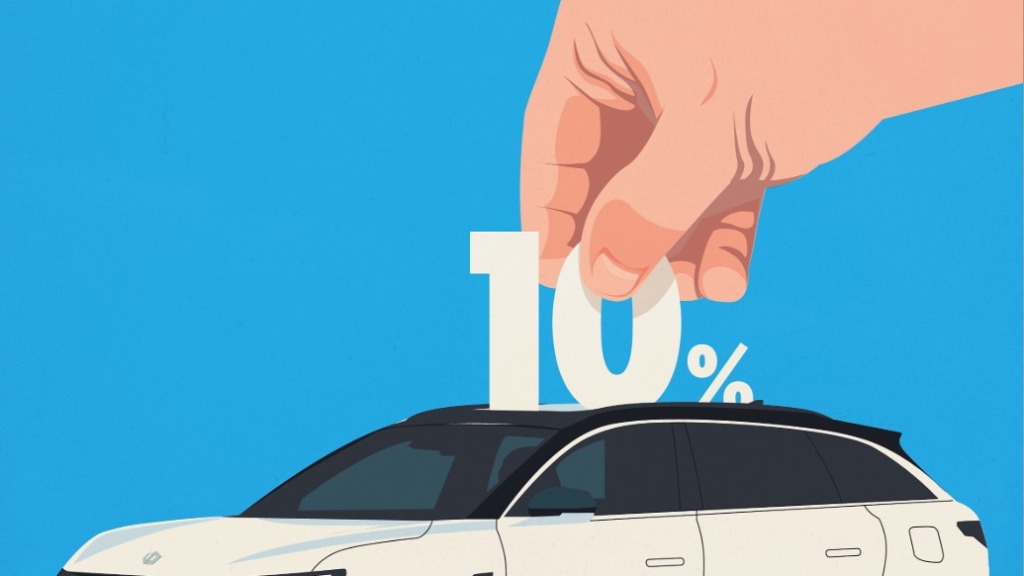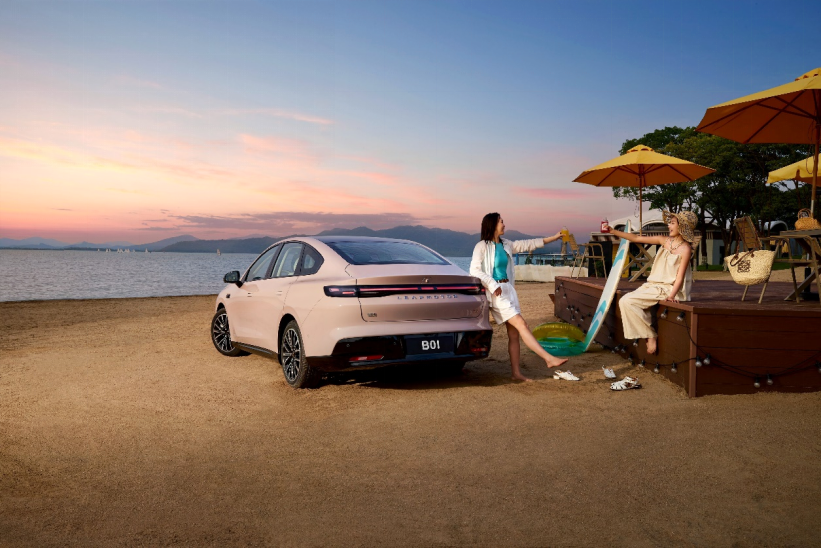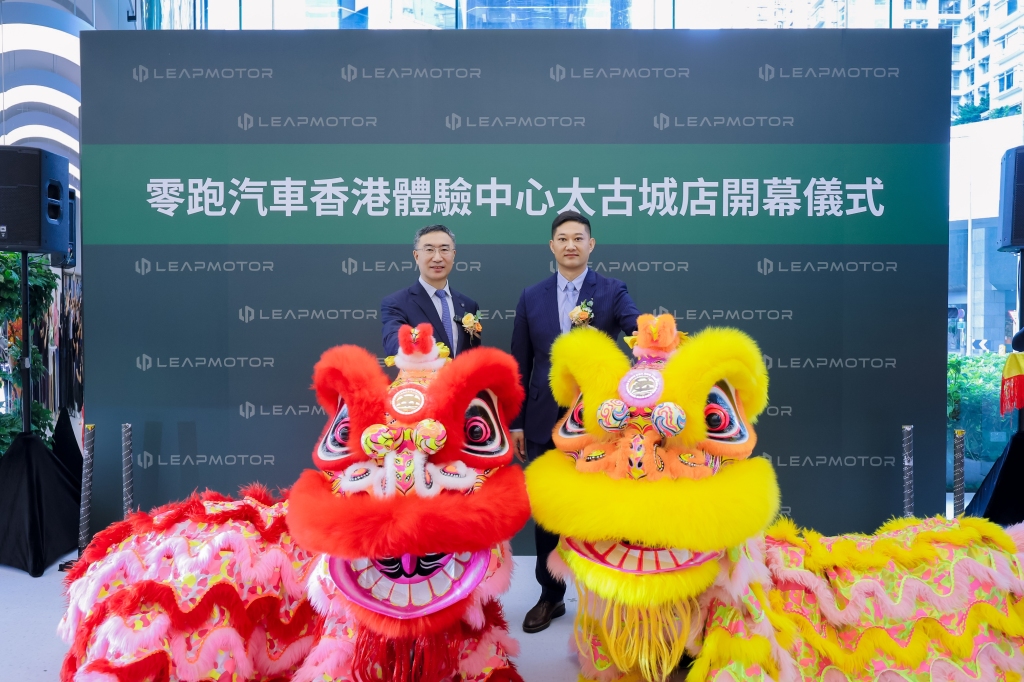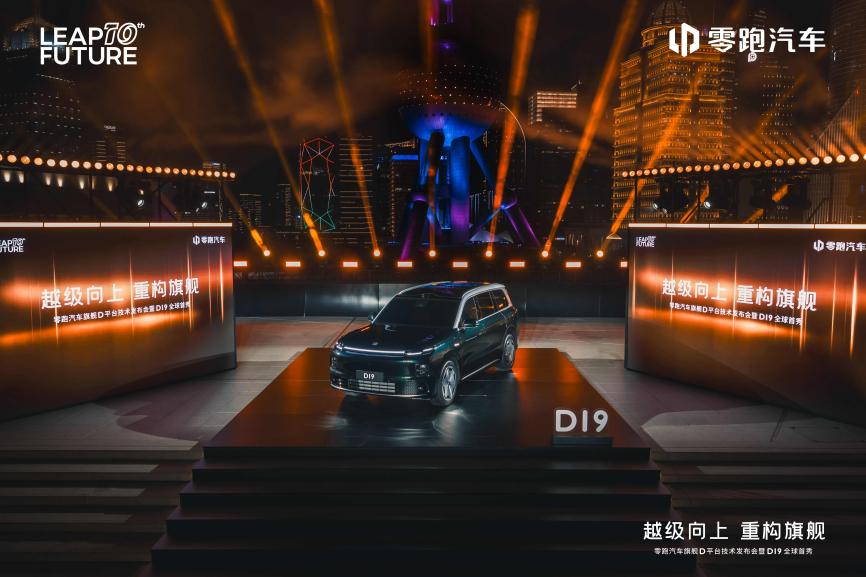
At a time when the automotive industry is mired in internal competition and price wars, how can a true technological breakthrough be achieved? Leapmotor has provided its own answer.

On October 16th, Leapmotor held a technology conference in Shanghai themed "Leaping Up, Reconstructing the Flagship." The event officially unveiled its flagship D platform and its first model, the D19. The event also unveiled six industry-first technologies, encompassing hybrid and pure electric vehicles, intelligent driving, and driving control, pushing the boundaries of existing technology. Behind this seemingly intensive "technology showcase" lies Leapmotor's decade-long commitment to a fully self-developed model that has radically overturned traditional automotive R&D logic. Through vertical integration and cost control, Leapmotor has brought million-yuan-class technology to the 300,000-yuan market, redefining the value standard for flagship vehicles.
The underlying logic behind the "technological boom" is driven by self-development across all domains
Currently, the underlying logic of competition in China's automotive industry is rapidly shifting from scale expansion to a race for quality in terms of technology, business models, and global strategies. According to data from the China Association of Automobile Manufacturers, from January to September 2025, China's new energy vehicle penetration rate will approach 50%, and domestic brands will hold over 68% of the market share. For industry participants, electrification is merely an entry point, not a winning card. Consumer decision-making is also increasingly focused on technological value and ecosystem development.
As the competition in intelligent vehicles deepens, automakers are faced with the dilemma of whether to rapidly seize market share through ecosystem integration or to accelerate the continuous and rapid iteration of products and configurations. Leapmotor has addressed this dilemma with its own approach: breaking through technological barriers through comprehensive in-house research and development, thereby precisely responding to the industry trend of "technology defining value." Thanks to a decade of consistent commitment to comprehensive in-house research and development, forming a complete closed loop from technology development to cost control, Leapmotor was able to unveil six pioneering technologies at this technology conference.
Today, Leapmotor has a systematic capability for comprehensive in-house R&D, enabling the in-house development and manufacturing of core modules such as electric drive, batteries, and electronic and electrical architecture. 80% of its R&D personnel work for the company, and 65% of its core components are in-house developed and manufactured. "Full-scale in-house R&D is not only a technological choice, but also a business model," said Zhu Jiangming, founder of Leapmotor, at the press conference. "It allows us to more efficiently transform cutting-edge technology into user experience." This model directly brings the advantage of cost control. Through standardized architecture and large-scale production, Leapmotor can feed back the cost savings into technology R&D, achieving a virtuous cycle of "high configuration and low price."
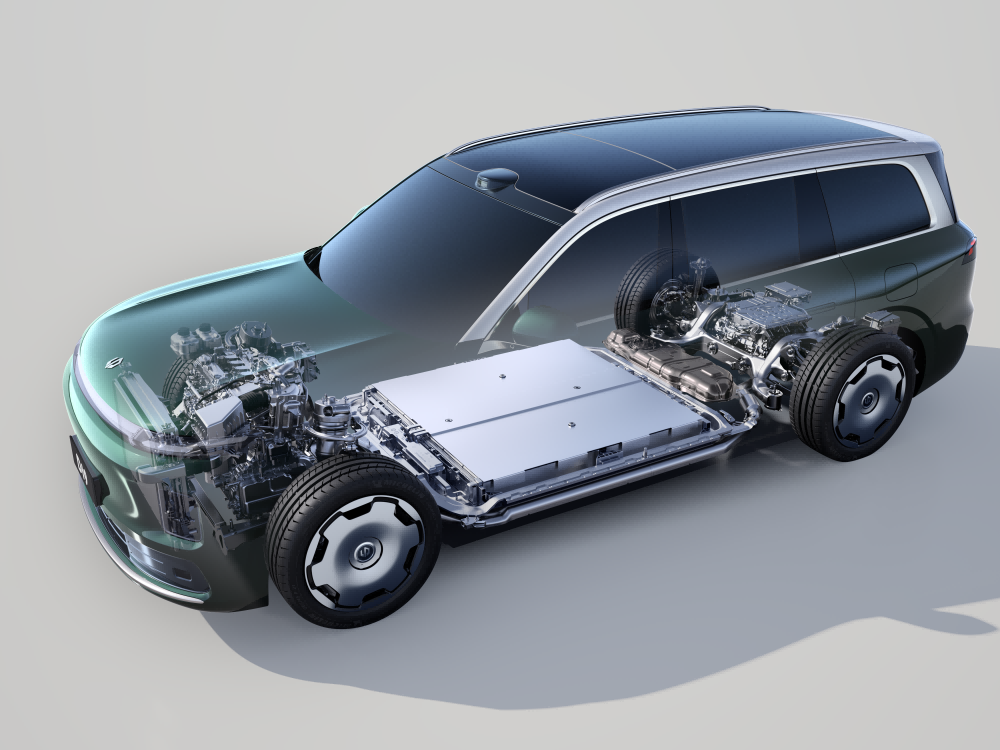
In addition to in-house research and development, technology reuse is also key to Leapmotor's technological breakthroughs. As early as the LEAP 3.5 architecture, Leapmotor verified the feasibility of core technologies such as CTC and central domain control, laying a solid foundation for the D platform's technological upgrades. This continuous, iterative accumulation of technology enables Leapmotor to launch multiple industry-first technologies at the right time. For example, this year's two C-series models have been rapidly upgraded to 800V silicon carbide high-voltage fast charging, a 3.5 electronic and electrical architecture, and a more advanced One-Box braking system.
The "technological boom" of the D platform and D19 also originated from this.
Analysis of Six Major Technologies—From Single-Point Innovation to System Reconstruction
The six industry-first technologies announced for the Leapmotor D platform cover hybrid, pure electric, intelligent, driving control, safety, and comfort. It's not hard to see that these six industry-first technologies aren't just individual innovations, but rather, they represent a complete, systemic technological vision based on changes to the user experience.
For example, in the hybrid sector, Leapmotor launched the industry's first 80.3-degree hybrid battery, coupled with its first-ever extended-range CTC technology. Its innovation lies in its coverless, module-free, and ultimate integration solution. It also uses aerospace-grade aerogel to reduce exhaust pipe space, freeing up valuable space for battery layout, ultimately enabling the D19 to achieve a pure electric range of 500km. This figure surpasses many compact pure electric SUVs, fundamentally changing the user experience of extended-range SUVs and completely reshaping the market positioning of hybrid vehicles.
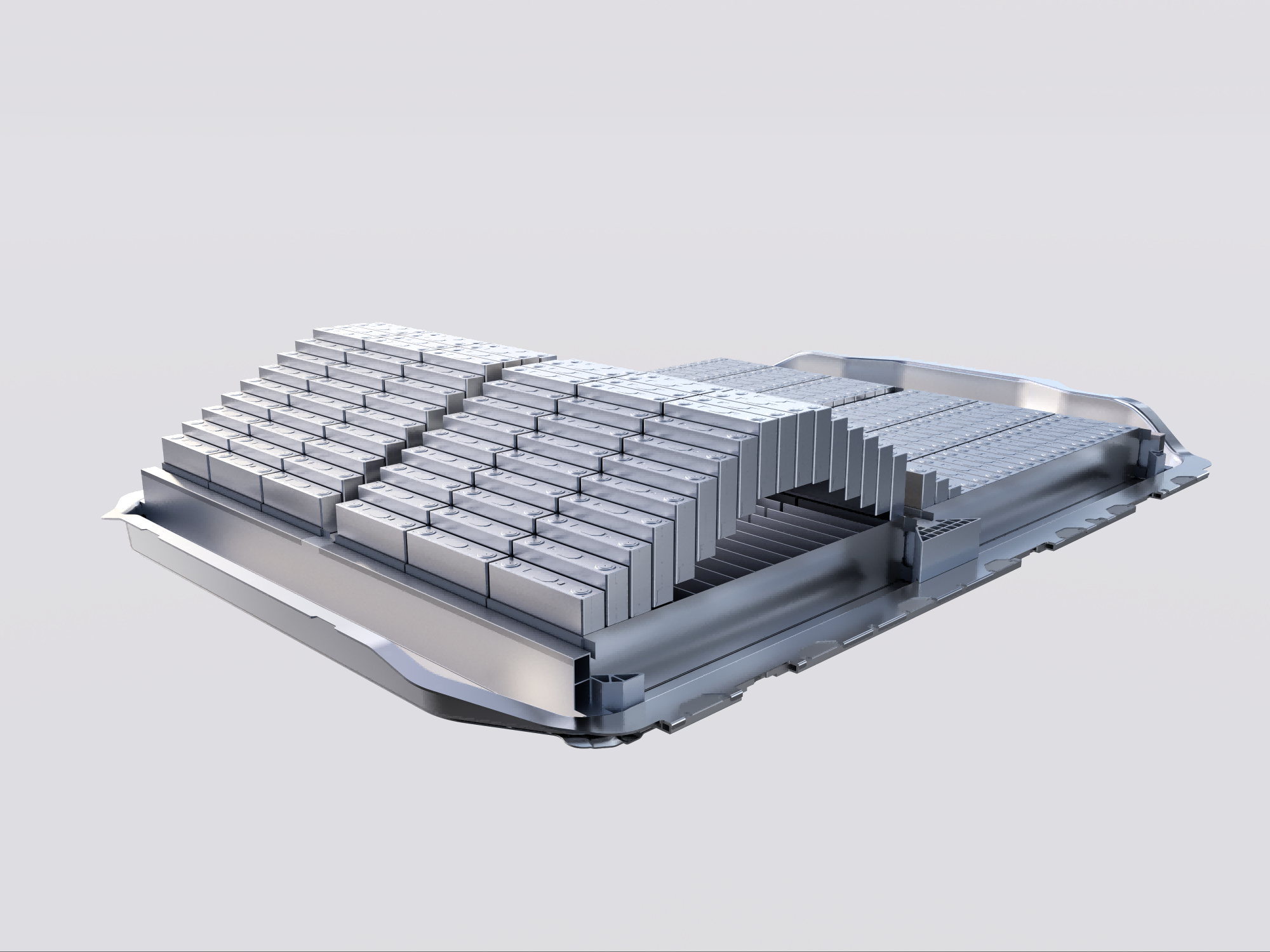
In the pure electric vehicle sector, Leapmotor debuted its 115kWh super hybrid battery cell, successfully cracking the "impossible triangle" of energy, safety, and lifespan. This cell utilizes a modified blend of multiple metals, including iron, nickel, cobalt, and manganese, to increase energy density by 18.5% and reduce battery health degradation by 50% after 100,000 kilometers. More importantly, it is the first to meet the latest national battery standards, which will be implemented in 2026, ensuring a 72-hour fire and explosion-proof battery system after a short circuit.
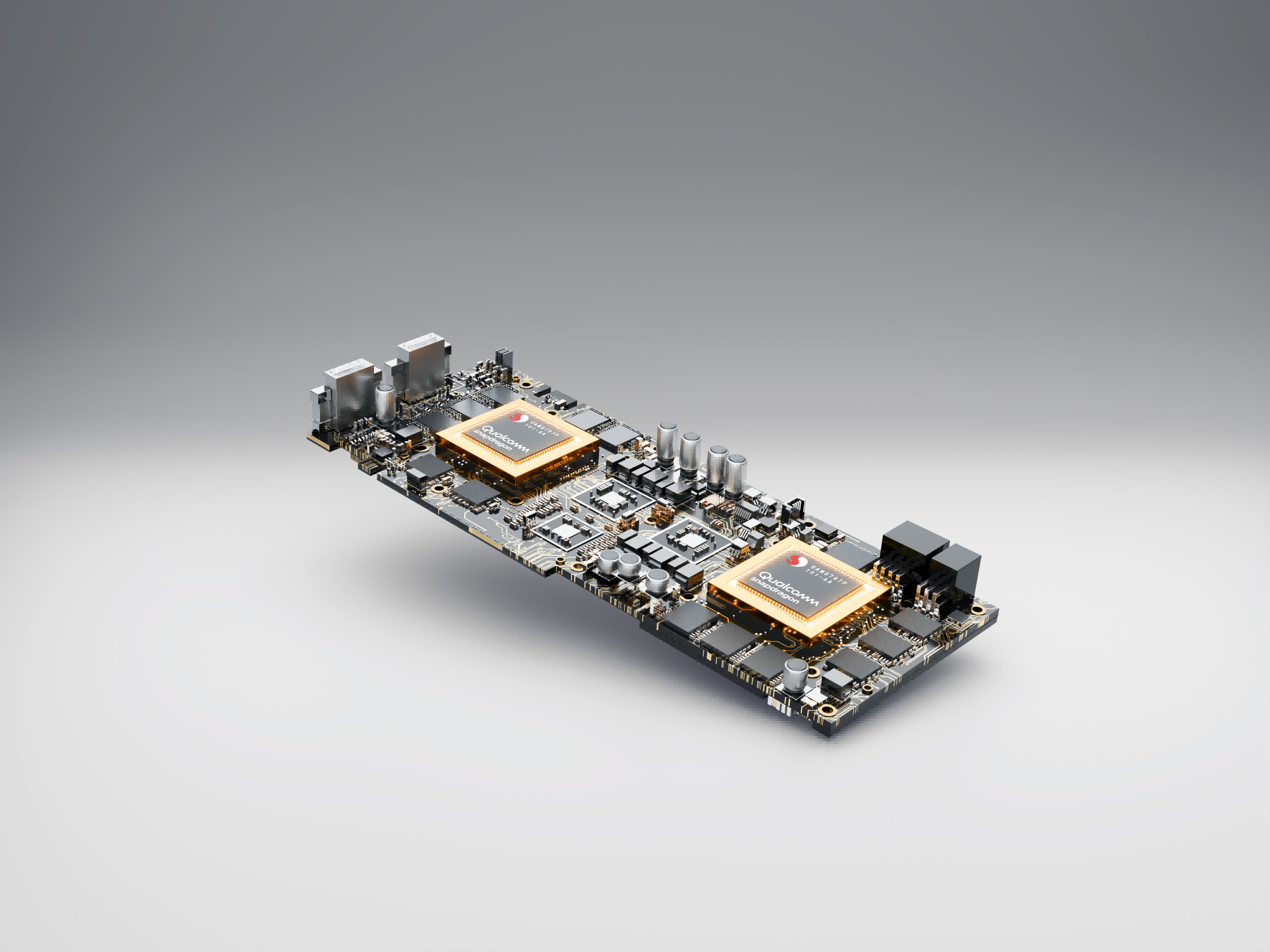
In terms of intelligent driving, the industry's first dual SA8797 central domain controller delivers 1280 TOPS of computing power, enabling it to simultaneously support the VLA assisted driving system and the on-device large-scale cockpit model. This configuration not only addresses Leapmotor's shortcomings in the intelligent driving field but also enables it to compete with leading companies. The deployment of the on-device large-scale model further enables the vehicle system to achieve zero-delay response and localized data processing, balancing a smooth user experience with privacy protection.
The D platform also achieved breakthroughs in driving control, safety, and comfort. The LMC 2.0 chassis system reduces the detection time for dual tire blowouts from 500 milliseconds to 200 milliseconds, ensuring a safe driving distance of 10 meters and achieving a 3.6-meter turning radius. The 2000MPa circular five-layer steel A-pillars and the nine-horizontal, three-vertical, four-link cage-type body design provide robust passive safety protection. The industry's first automotive-grade Morino oxygen chamber integrates an oxygen concentrator into a vehicle for the first time, creating a new dimension in healthy travel.
It can be said that the six industry-first technologies introduced by the Leapmotor D platform all deeply reshape the value of luxury flagship models while precisely controlling the user experience. As Leapmotor Senior Vice President Cao Li explained during his technical interpretation of the D platform at the launch event, "Integrating the best technologies in the most efficient way to create a 1+1 greater than 2 effect is the true skill."
How does technological inclusion reshape the rules of competition?
The technological breakthrough of the Leapmotor D platform means far more to the industry than the product itself. More importantly, it has once again reconstructed the industry's competition rules, and the purpose of this reconstruction is to achieve technological accessibility.
As electric vehicle configurations become increasingly homogenized, how can we break the industry's inefficient internal competition? Only by reducing costs through core technologies can we achieve value breakthroughs, and the path of "technology inclusion" directly addresses the pain points of this industry's inefficiency. This is particularly evident in the field of intelligent driving, where technology inclusion is most evident. As intelligent driving transitions from a "luxury option" to a "standard for the masses," the core of industry competition shifts from hardware optimization to algorithm optimization and user experience. The equal rights of intelligent driving brought about by technology inclusion not only transforms the user experience, transforming vehicles into a continuously upgradeable travel ecosystem, but also breaks the traditional strong correlation between intelligent configurations and price levels, redefining the value proposition of luxury cars.
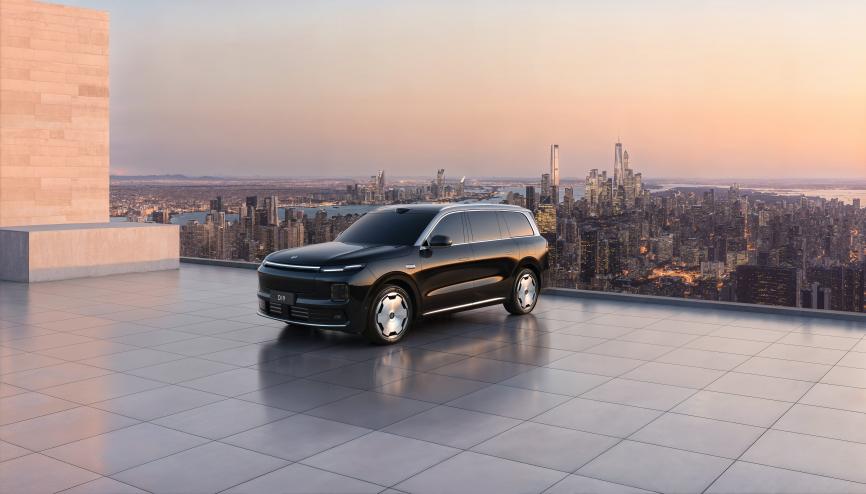
Take the recently unveiled Leapmotor D19 as an example. This all-new flagship from Leapmotor defies the industry stereotype that flagships are synonymous with premium pricing. Replacing brand premium with technological advantages, it demonstrates the feasibility of the concept of "high-end experience ≠ high price." Whether it's the size of a full-size SUV or the performance of three-motor 3-second acceleration, the Leapmotor D19 manages to deliver a luxury experience previously associated with a million-yuan price tag at a price of just 300,000 yuan. This pricing strategy for the Leapmotor D19, based on the cost-control capabilities enabled by comprehensive in-house research and development, delivers the real benefits of technology accessibility to users and reshapes the pricing model for flagship vehicles.
At the same time, by developing and manufacturing core components in-house, Leapmotor has reduced its reliance on traditional suppliers. When collaborating with companies like CATL and Qualcomm, Leapmotor has focused on joint R&D rather than simple procurement. The D19 features a series of pioneering technologies, the result of collaborative R&D efforts with suppliers. This model enables Leapmotor to more quickly implement technological innovations while ensuring supply chain security. This, in turn, represents Leapmotor's reshaping of its voice in the supply chain.
Final Thoughts
Leapmotor's technology reflects the inevitable trend of China's new energy vehicle industry, moving from "unbridled growth" to "refined operations." As market competition shifts from quantitative expansion to a race for quality, mastering core technologies and building systematic capabilities have become essential for growth and success for companies seeking to maintain a leading position amidst industry reshuffles.
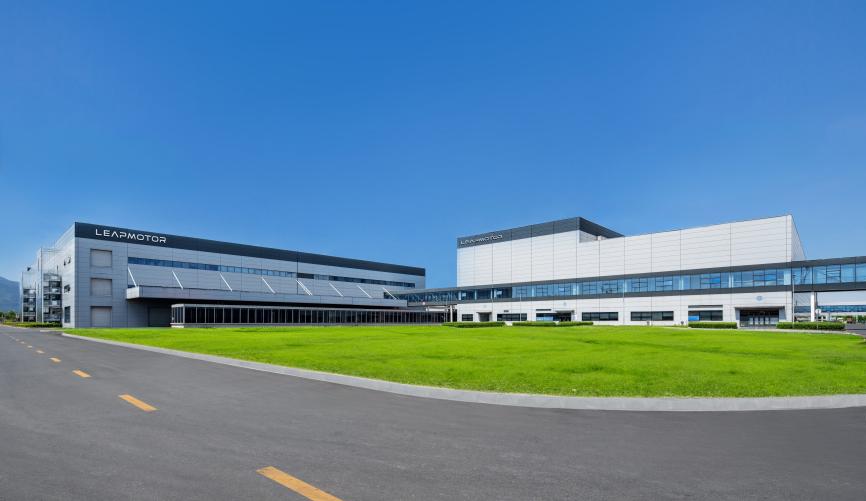
But it is undeniable that in this race from "quantity" to "quality", only those players with a long-term vision, clear strategy and the ability to continuously create unique value for users can ultimately cross the cycle and head towards a broader world.
